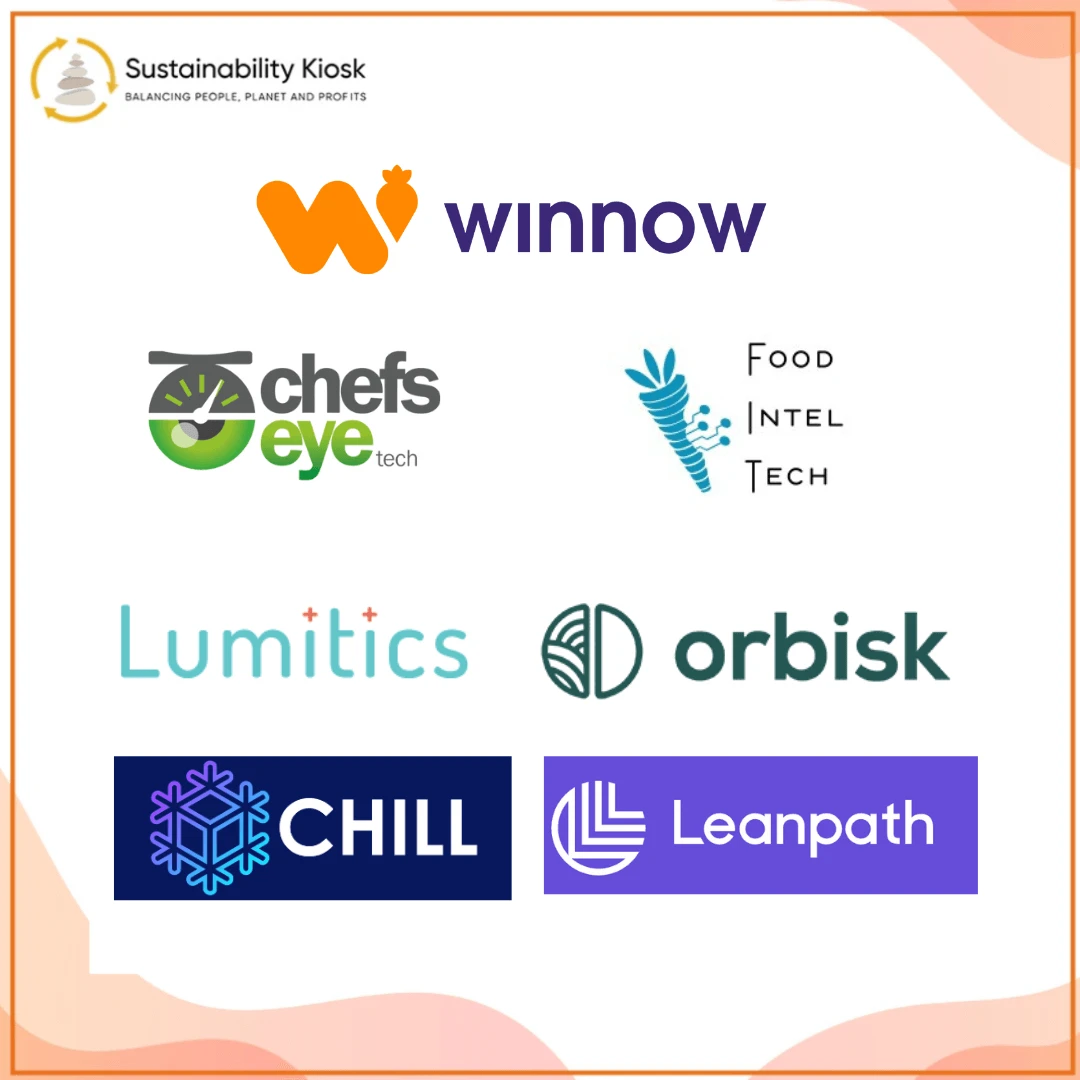Tackling Food Waste with Monitoring Systems: A Quick Overview
Food waste is a pressing global issue, with the World Food Programme estimating that one-fifth of food produced worldwide going to waste each year. This contributes to economic losses and environmental problems like greenhouse gas emissions. Addressing food waste is vital for enhancing resource efficiency, food security, and sustainability.
The United Nations aims to cut global food waste by 50% by 2030, highlighting this as a key Sustainable Development Goal (SDG 12.3). In line with this, the UAE’s initiative, ne’ma (blessing in Arabic) the UAE’s National Food Loss and Waste Initiative focuses on reducing food loss and promoting sustainable food practices.
Food Waste in the Hospitality Industry
In hospitality kitchens, up to 50% of food waste can be prevented. This not only saves costs but also reduces the environmental footprint- especially in high-volume settings like hotels and large kitchens. Read our 6 steps to reducing food waste in your operation if you want to learn more on best practices.
The first step of reduction, optimisation begins with measuring waste and collecting data. However, traditional tracking is often burdensome with excels and manual workload, which has lead to the evolution of Food Waste Management Systems. These systems incorporate technology and AI sometimes to streamline processes.
Benefits of Monitoring Systems
Food waste monitoring systems, utilising AI and smart scales, provide valuable insights into food waste. They automatically log discarded food, allowing for significant waste reduction and resource conservation. Key advantages include:
- Cost Savings: Identify inefficiencies to reduce waste and expenses.
- Environmental Impact: Lower carbon footprints and conserve resources.
- Operational Insights: Improve inventory and food management.
With growing environmental concerns, adopting these systems is more critical and imperative than ever.
How Monitoring Systems Operate
- Smart Scales: Accurately measure waste.
- Image Recognition: Analyse waste through AI and computer vision.
- Data Analytics: Dashboards offer detailed waste reports to guide decisions.
- Manual or Automatic processed: Systems can be automatic or manual for data input.
How Do you Choose a System
When selecting a food waste monitoring system, consider:
- Modular Setups: Allow for flexibility and scalability.
- Report Suitability: Ensures the reports meet your operational needs.
- Dedicated Personnel: Assign staff to oversee effective implementation
- Budget Considerations: Systems range from software-only solutions (with manual inputs) to hybrid models with integrated scales for more precise measurements. There is a solution for every budget and style of operation.
Top Food Waste Monitoring Systems: Tailored to various budgets and needs.
Detailed Comparisons: Manual vs. AI-powered solutions.
Implementation Tips: Practical advice for seamless integration.
Don’t miss out on actionable insights to transform your kitchen operations. Start cutting food waste and saving costs today








